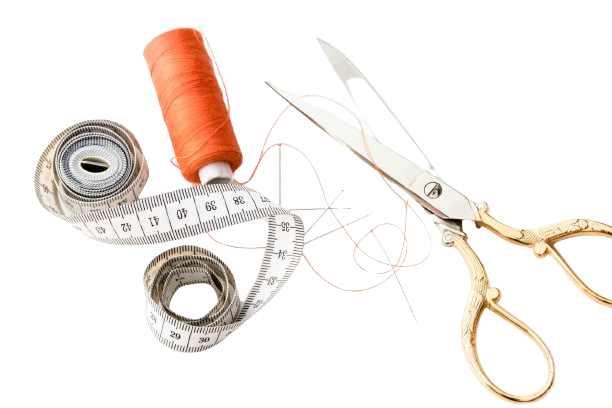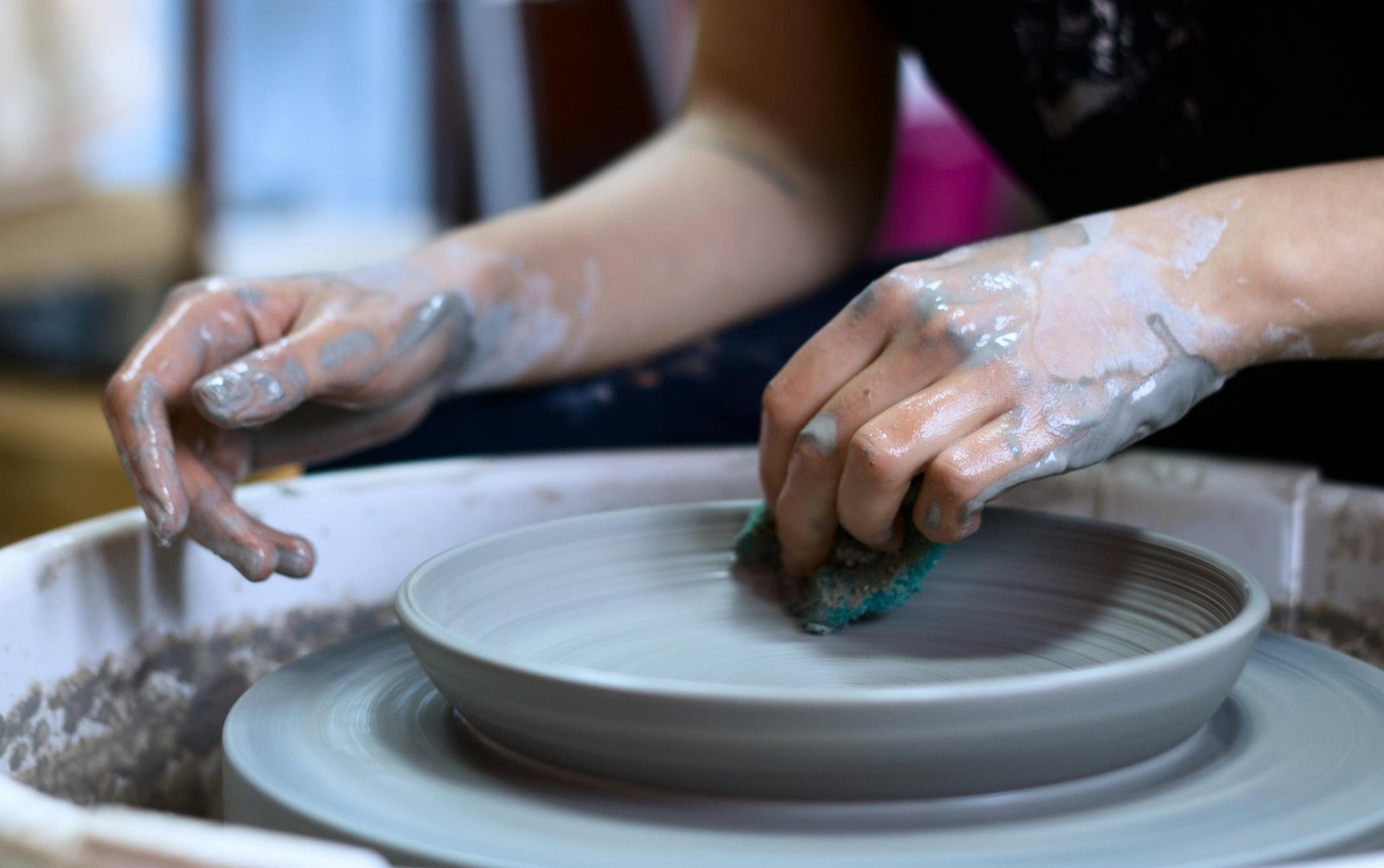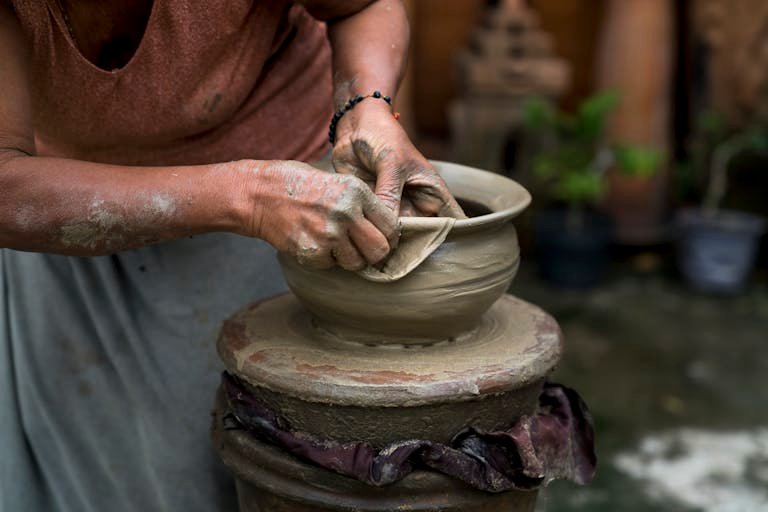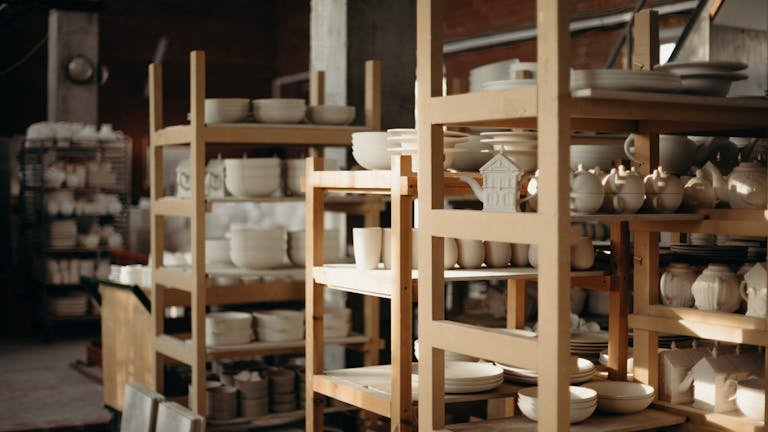Grog: The Pottery Master’s Secret
Grog is an essential component used in ceramics and pottery, acting as a tempering agent that enhances the properties of clay. It consists of pre-fired clay, which is then crushed into granules of varying sizes, from fine powders to coarse pieces. Grog is widely used by potters and sculptors to increase the workability, durability, and strength of their clay bodies.
In this blog, I will explore what grog is, how it is made, and why it’s so important in various ceramic applications.
What is Grog?
Grog is a crucial ingredient in many clay bodies, particularly in ceramics and sculpture. It’s essentially pre-fired clay that has been crushed and added to unfired clay to enhance its properties.
- Pre-fired Clay: Grog is made from clay that has already been fired, often in the form of broken pottery or specifically manufactured for this purpose.
- Crushed Particles: The fired clay is then crushed into granular particles, ranging from fine powders to coarse chunks.
- Tempering Agent: Grog is added to unfired clay as a tempering agent, improving its strength, durability, and workability.
How to Make Grog for Clay
If you prefer a hands-on approach, you can make your own grog. Here’s how:
Materials
- Clay: Any clay body suitable for your project, like stoneware or porcelain.
- Kiln: You need a kiln to fire the clay.
- Crushing Tool: Use a hammer, mortar and pestle, or a rock tumbler to break the fired clay into pieces.
- Sieve: To separate the grog into different particle sizes.
Steps
1. Prepare the Clay
- Shape the Clay: Form the clay into slabs or balls for even firing.
- Let it Dry: Ensure the clay is bone dry before firing to avoid steam explosions in the kiln.
2. Fire the Clay
- Bisque Firing: Fire the clay to bisque temperature, usually around 1700°F (927°C). This will harden the clay but leave it porous enough to absorb water when mixed with raw clay.
- Cool Down: Allow the clay to cool down completely before crushing it.
3. Crush the Fired Clay
- Break into Chunks: Use your chosen crushing tool to break the fired clay into manageable pieces.
- Adjust the Size: For a fine texture, continue crushing until you achieve the desired particle size. For more texture, stop at larger chunks.
4. Sieve the Grog
- Separate by Size: Use a sieve to sort the grog into different sizes. Coarser particles can be used for sculptural work, while finer particles are more suitable for delicate ceramic work.
How Much Grog to Add to Clay
The amount of grog you add to clay depends on what you’re trying to achieve. Here’s a guideline:
For Increased Strength and Durability
- Add 10-20% Grog: This ratio provides the right balance for adding strength without significantly altering the clay’s workability.
For Reduced Shrinkage
- Add 5-10% Grog: A smaller amount of grog will still help reduce shrinkage without making the clay too gritty.
For Improved Workability
- Add 5-10% Grog: A moderate amount of grog makes the clay easier to work with, especially when throwing or hand-building.
For Creating Unique Textures
- Experiment with 30% or More: For highly textured surfaces or visual effects, you can go up to 30% grog or even higher, depending on your design goals.
Read Also: Mercerized Cotton Yarn: The Luxe Choice
Why Use Grog in Clay?
Grog offers several benefits for pottery and sculpture work. Here’s why you should consider adding it to your clay.
Reduced Shrinkage
- Prevents Cracking: Since grog doesn’t shrink during the drying and firing process, it helps to reduce the overall shrinkage of the clay body. This minimizes the risk of cracks developing.
- Improves Structural Integrity: Particularly in larger pieces or sculptures, reduced shrinkage ensures the final product remains stable during firing.
Increased Strength
- Reinforces the Clay: The rigid grog particles act as a support system within the soft clay body, adding strength.
- Durability: Pieces made with grog-infused clay are more resistant to wear and tear, making them ideal for functional ceramics like bowls or plates.
Improved Workability
- Easier to Shape: Grog can make clay easier to handle, particularly for large or intricate pieces.
- Thicker Walls: For sculptors, grog allows for thicker walls without the risk of the piece collapsing.
- Wheel-Throwing: If you throw on a pottery wheel, adding grog can reduce slumping, giving you better control over the clay shape.
Texture and Appearance
- Surface Texture: Larger grog particles can create a rough, textured surface, adding a tactile element to your piece.
- Visual Effects: In some cases, grog can burn out during firing, leaving behind unique visual effects in the glaze or surface of the piece.
Types of Grog
There are different kinds of grog available, each suited for different applications.
Commercial Grog
- Readily Available: Commercially produced grog is available in a variety of particle sizes, from fine to coarse.
- Industrial Use: It’s often used in mass-produced ceramics and is highly consistent in quality and particle size.
Reclaimed Grog
- Recycled Material: This is made from broken or discarded pottery, often collected from ceramic studios or workshops.
- Eco-Friendly: Reclaimed grog is an excellent way to recycle materials and reduce waste in a ceramics practice.
- Inconsistent Quality: While eco-friendly, the quality and particle size of reclaimed grog can vary.
Grog in Different Ceramic Applications
Grog finds its use across different types of clay bodies, depending on the desired characteristics of the final piece.
Stoneware
- Durability: Grog is commonly used in stoneware to improve its strength and durability.
- Ideal for Sculpting: It’s particularly beneficial in larger sculptures where structural integrity is critical.
Porcelain
- Less Common: While porcelain is typically smooth and fine, grog can be added in certain applications to enhance strength without compromising too much on the delicate nature of porcelain.
- Sculptural Use: Porcelain sculptures can benefit from a small amount of fine grog.
Sculpture
- Reduced Shrinkage: Sculptors often add grog to clay bodies to reduce shrinkage during drying and firing.
- Large-Scale Work: Grog is essential for large pieces, where cracking would be more likely without it.
Tile
- Crack Resistance: Grog is added to tiles to increase their resistance to cracking, particularly during firing.
- Durability: Tiles with grog are more durable and can withstand heavy use.
How Much Grog to Add to Clay
The amount of grog you add to clay depends on what you’re trying to achieve. Here’s a guideline:
For Increased Strength and Durability
- Add 10-20% Grog: This ratio provides the right balance for adding strength without significantly altering the clay’s workability.
For Reduced Shrinkage
- Add 5-10% Grog: A smaller amount of grog will still help reduce shrinkage without making the clay too gritty.
For Improved Workability
- Add 5-10% Grog: A moderate amount of grog makes the clay easier to work with, especially when throwing or hand-building.
For Creating Unique Textures
- Experiment with 30% or More: For highly textured surfaces or visual effects, you can go up to 30% grog or even higher, depending on your design goals.
Read Also: What is a Nappy Dish? Everything You Need To Know
Final Words
Grog is a versatile and essential component in many ceramic and pottery applications. Whether you’re looking to improve the strength of your clay body, reduce shrinkage, or create interesting textures, grog can play a crucial role. By understanding the different types of grog, how to make it, and how much to add to your clay, you can enhance your ceramic projects and achieve better results.







